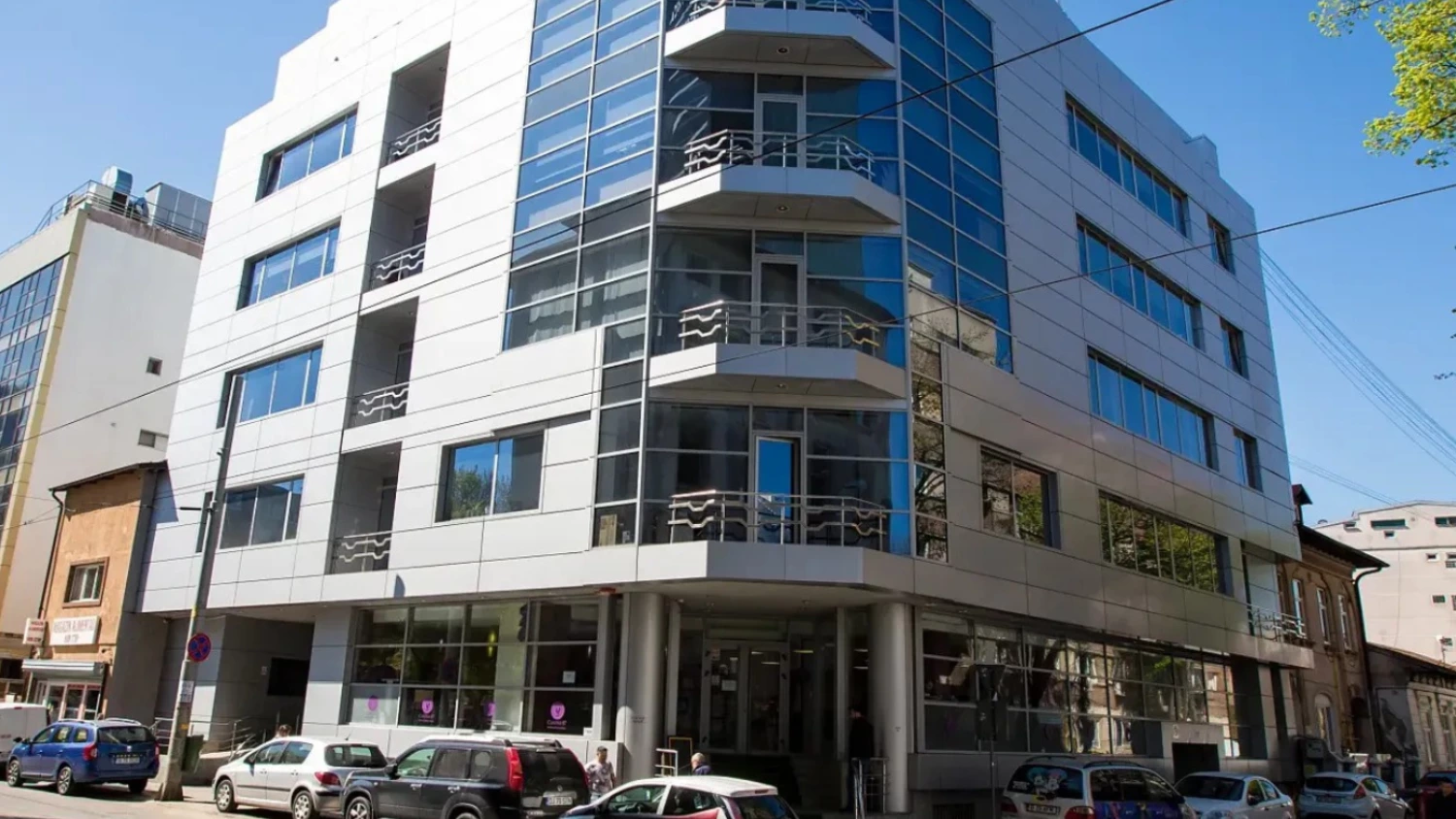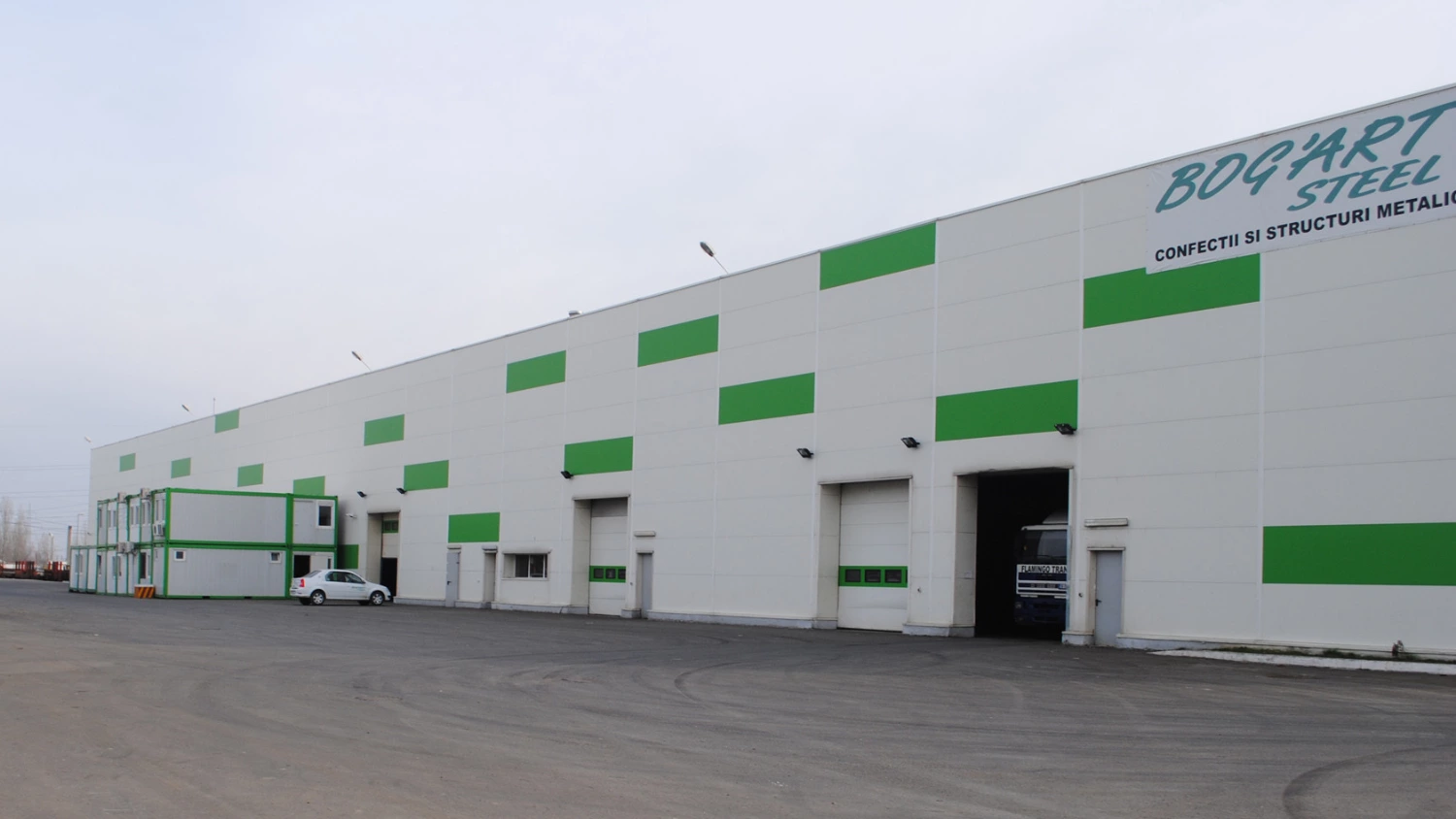Buying intentions remain high, Colliers consultants note, explaining that the easing of the financial markets will boost housing demand. In cities or areas where fewer homes are being built in the coming period, this will put pressure on prices. However, at least for the first half of this year, Colliers consultants expect the residential market to be in balance between supply and demand.
“Although March did not continue the trend of record sales years in 2021-2022, the market is not yet supportive of a significant acceleration in the number of transactions, especially as financing costs remain high. With inflation falling more slowly than official forecasts suggest, we believe that a more significant decline in interest rates from the current level of just under 6% is likely early next year. Barring any new major shocks affecting the demand for residential properties in the coming period, we expect the large month-to-month fluctuations typical of the post-pandemic years to be gradually replaced by more moderate and predictable fluctuations”, points out Gabriel Blăniță, Associate Director Valuation & Advisory Services at Colliers Romania.
While the forecast indicates a decrease in the number of residential units delivered in Bucharest for both this year and the next, sales in the capital during the first three months of the year were approximately 18% higher than in the same period in 2023. This surge in demand is expected to exert pressure on prices in the medium term. Among the major cities, Timisoara saw the most significant increase in turnover (24%). However, the primary factor driving this growth is the base effect, given that sales were exceptionally low in the first two months of last year due to increasing financing costs.
In Cluj-Napoca, March didn't match the sales momentum seen at the start of the year, but over the quarter as a whole the trend was similar to that in the capital, with an increase of 18%. Considering Cluj's status as the most expensive residential market in the country, Colliers consultants anticipate that achieving sales records from recent years will pose a challenge for some time, unless there's a notable acceleration in new housing development.
In Iasi, the volume of transactions in the first quarter exceeded previous levels significantly, attributed to the completion of several large complexes in the initial months of the year. Even without considering these completions, sales activity in Iasi is on the rise compared to recent years, signaling an acceleration in the city's development pace.
“If we look strictly at the number of transactions and compare the beginning of 2024 with the record years, we see a decrease of 15%, while compared to 2017-2019 we see an increase of 20%. One of the reasons we don't compare too often with the pre-pandemic years is that a lot has changed since then. For example, more than 400,000 homes have been built in Romania in the last six years, and an increase in the residential stock would also lead to an increase in the number of transactions. In addition, the average net national wage has doubled in the last 6 years and GDP has increased by almost 70% over the same period. Housing prices have not remained flat, but have increased significantly in large cities, especially for new construction. The introduction of nZEB standards further increases the cost of new construction, and all of this makes it increasingly difficult to compare different periods. We have an increasingly complex residential market and it is important to look at both backward-looking indicators, such as the number of transactions, prices, affordability ratios, inventories, deliveries, etc., and forward-looking indicators, such as permits issued, loan applications, purchase intentions”, concludes Gabriel Blăniță.











